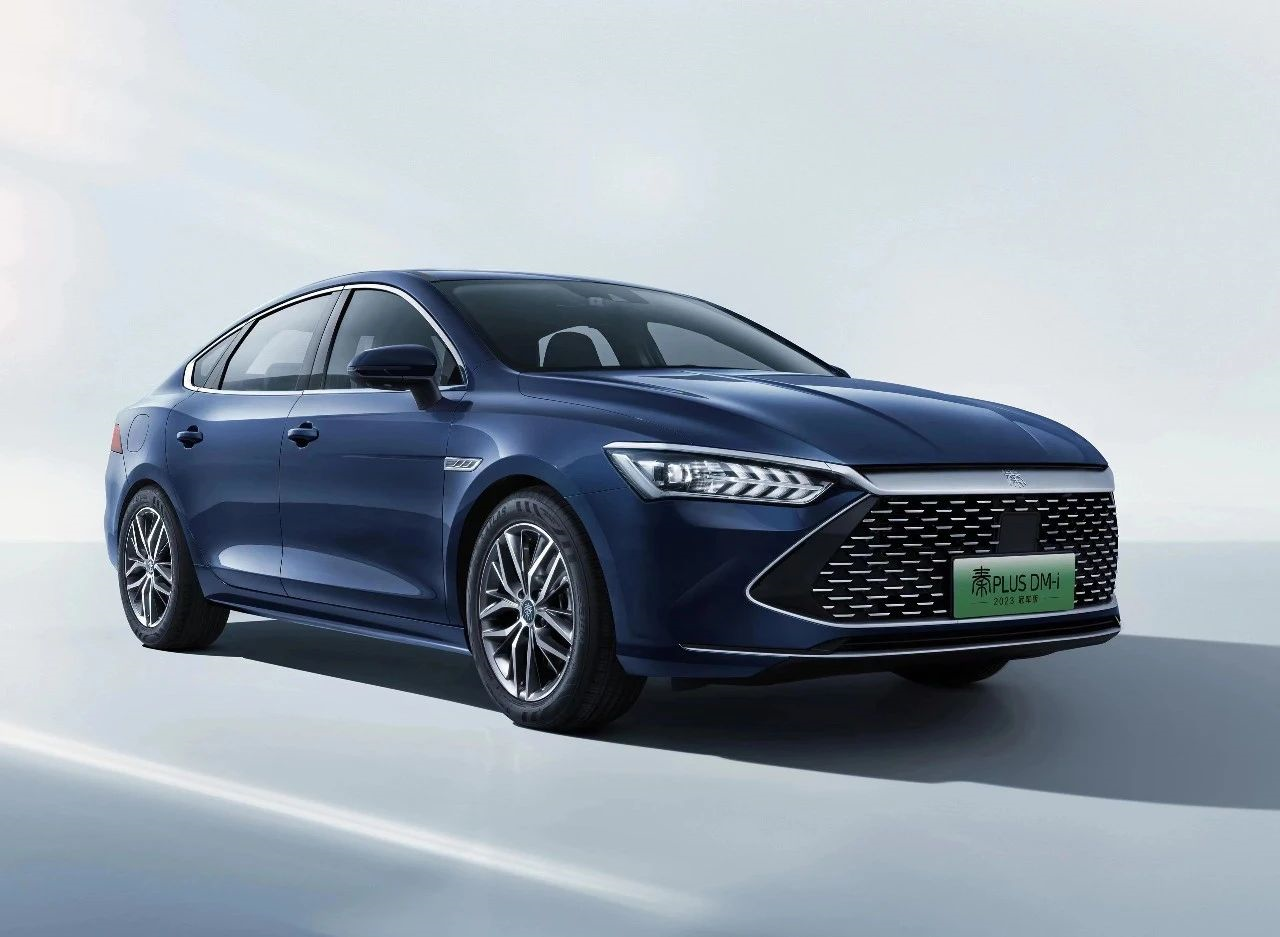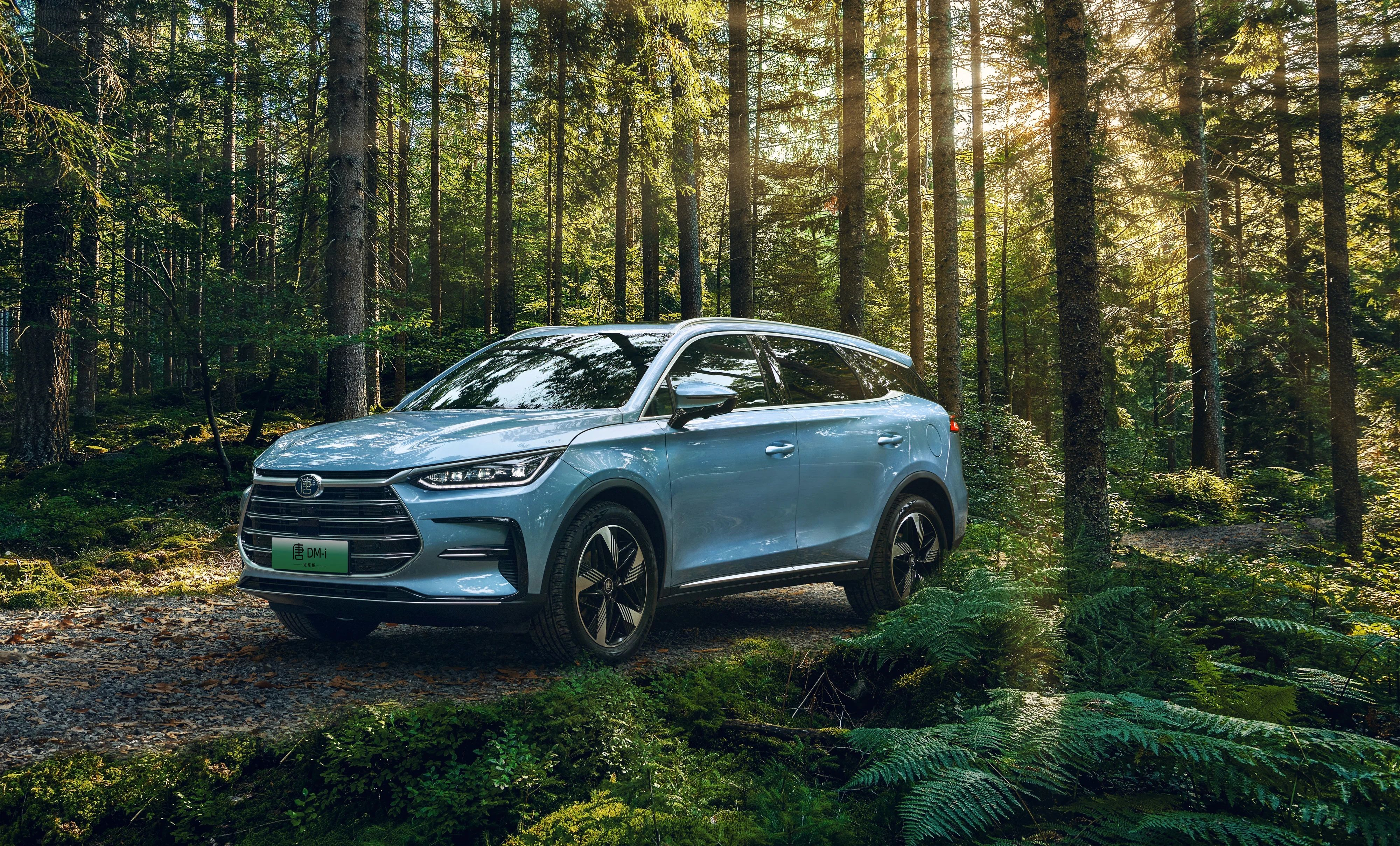Markdown Text in English
Article: Xu Tao
Increasing the amount while decreasing the price, how can others play?
Recently, with major auto companies offering discounts and promotions, China’s auto market is booming.
To trace the true source of discounted prices, I believe it is not Dongfeng Citroen C6 as most people think, but the BYD Qin PLUS DM-i Champion Edition. This car, which was launched in February, really made BYD’s slogan of “same price for fuel and electricity, subverting fuel” a reality.

The starting price of 9.98 million yuan for the 2023 BYD Qin PLUS DM-i Champion Edition has caused many joint venture automakers to break their boundaries. How many products under joint ventures can compete with the practical yet affordable BYD Qin PLUS DM-i Champion Edition?
It can be said that there are almost none, so in order to survive, they started this wave of discounts.
As previously stated in the article “Subverting Fuel Cars! BYD DM-i enters the market below 100,000 yuan“, to some extent, the launch of Qin PLUS DM-i sounded the horn of war between BYD and traditional fuel car brands.
And just yesterday, BYD launched the “charge”.
Obvious Discount
On March 16, 2023, BYD held a press conference for the Han and Tang flagship champion models.
At the conference, BYD announced the prices of these two flagship new models, with the Han EV champion version having a suggested retail price of 20.98-29.98 million yuan and the Tang DM-i champion version having a suggested retail price of 20.98-23.38 million yuan.

Compared with the current models, the starting price of Han EV was reduced from 21.98 million yuan of the Standard Edition Luxury version in 2021 to 20.98 million yuan, while adding comfort configurations such as variable suspension and electric tailgate.And BYD’s Han Tang flagship champion version, similar to the Qin PLUS DM-i champion version, except for the introduction of a new glacier blue car color, did not make too many changes to the appearance and interior. BYD’s focus this time is mainly on price adjustments, further lowering the prices of these two flagship models.
Configuration Upgrade
The reason why BYD is “rolling” is that in addition to price reductions, the configuration of the Han Tang champion version has also been upgraded.
In terms of performance, the Han EV champion version two-wheel drive model comes standard with FSD variable damping suspension system, which can automatically adjust the damping force according to the road conditions and flexibly adapt to complex and diverse road conditions. The four-wheel drive model comes standard with DiSus-C intelligent electronically controlled active suspension system, which can achieve millisecond control and response while taking into account both comfort and handling stability.
In addition, the Han EV champion version is equipped with aluminum alloy multi-link suspension system as standard across the board, which reduces weight and enhances the vehicle’s handling performance, bringing a driving experience that is both comfortable and sporty.
In the Han EV champion version, 5G speed connection, full car four-audio zone intelligent voice interaction, mobile NFC car key, wide-temperature-range and efficient heat pump air conditioning, electric tailgate, driver’s seat ventilation/heating, front insulation and soundproof glass + rear black privacy glass are all standard across the board.
Mid-to-high-end models will also be equipped with heated steering wheel, intelligent fragrance, VTOL mobile power station with a maximum power of 6.6kW, blind spot detection system (BSD), W-HUD head-up display and other advanced configurations.
In the 200,000-300,000 RMB price range, the Han EV is indeed a strong contender.
As for the BYD Tang DM-i, the champion version has a FSD (Frequency Sensitive Damping) variable damping suspension system and an aluminum multi-link suspension as standard on all models, greatly improving the driving experience. Additionally, the champion version of the Tang DM-i features a brand-new wheel hub design, and the tire specification has been upgraded to 255/50 R20, further enhancing tire grip and ride comfort.

In terms of intelligent configuration, the champion version of the Tang DM-i comes standard with a mobile NFC car key, as well as a four-audio zone intelligent voice interaction, VTOL mobile power station (6.6 kW), intelligent electric tailgate (including position memory function), ventilation and heating for both main and co-driver seats, front insulation and soundproof glass with black privacy glass in the rear – all of which are standard configurations.
Most importantly, the champion version of the Tang DM-i is equipped with a maximum dual-port fast charge of 40 kW, with the charging time for 30%-80% SOC reduced to 22 minutes. With a price range of 209,800 to 233,800 yuan, the cost performance of the BYD Tang DM-i champion version is almost unmatched by any competitor in the same level.
Conclusion
As BYD officially announced, the champion versions of the Han and Tang have “comprehensively subverted the 200,000-300,000 yuan mainstream sedan and SUV market.” With the introduction of these two models, BYD is launching a strategic assault on the mainstream high-end market of 200,000-300,000 yuan, disrupting joint venture fuel vehicles.
Indeed, joint venture fuel vehicles are truly trembling.

BYD’s advantages in the field of new energy are already very obvious, whether it is their proud DM-i technology or EV models powered by blade batteries, which are all industry leaders in the new energy market.Therefore, the champion version of this vehicle model did not make too much changes in terms of power and design, but it is already sufficient. With lower prices and higher configurations, BYD really achieved “the same price for oil and electricity, subverting fuel”.
The time left for joint venture fuel vehicles is really not much.
This article is a translation by ChatGPT of a Chinese report from 42HOW. If you have any questions about it, please email bd@42how.com.
